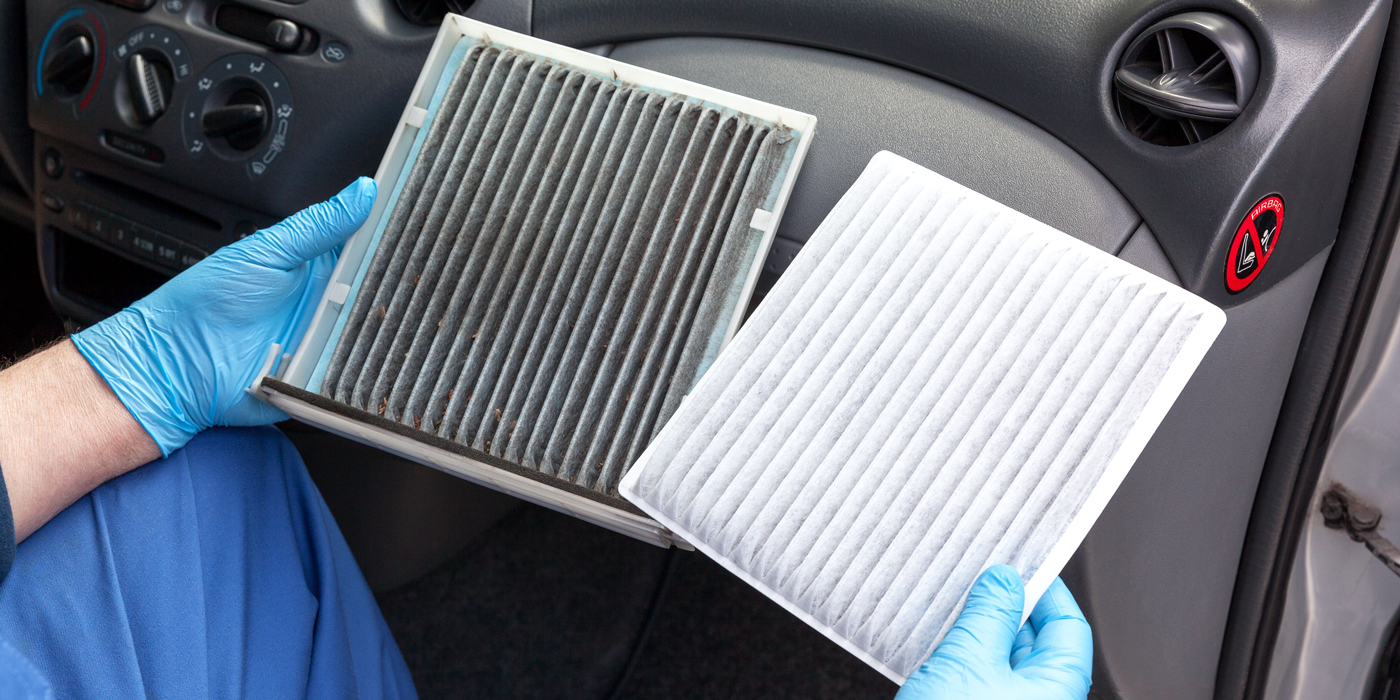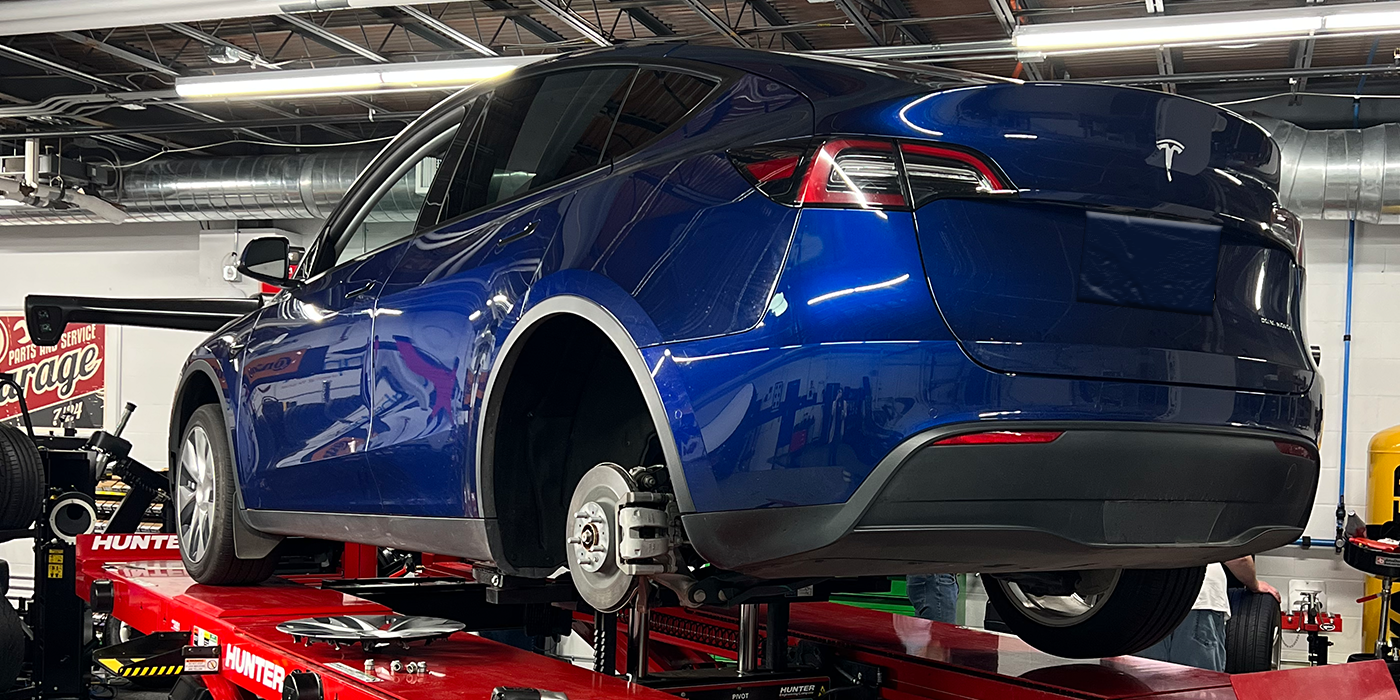ad on a fresh glass of beer.
Fluid aeration and foaming is not a good thing inside a shock absorber because air is compressible and is much thinner than the liquid it displaces. Consequently, the shock starts to “fade” and provides much less resistance and ride control than it did before the fluid started to foam. On a rough road, this can cause a lot of tire bounce, loss of traction and even loss of handling control.
Gas-Charging
In 1956, a Frenchman named De Carbon found a solution for the foaming problem. He discovered that pressurizing the fluid with nitrogen, Freon or air helped reduce foaming. He took his idea to the German shock manufacturer Bilstein, and they patented a design for a single tube (monotube) shock with a high pressure (360 psi) gas charge in the bottom of the shock. A floating piston separated the gas charge from the hydraulic fluid.
The original patent expired in 1971, and other companies soon developed similar designs. Gas-pressurized monotube as well as twin-tube shocks soon became popular in the aftermarket for racing and performance applications.
It wasn’t long before the automakers picked up on the new technology and began equipping their vehicles with gas shocks and struts as original equipment. In 1982, the first original equipment gas-charged twin-tube shocks were used on the Lincoln Continental. The first adjustable gas-pressurized shocks were introduced 1979.
Twin-Tube Advantage
One of the advantages of a twin-tube gas pressurized shock is that less gas pressure can be used to prevent the fluid from foaming. Some twin-tube shocks contain as little as 35 psi, while others may contain as much as 100 to 150 psi. This eliminates the need to have a highly polished piston bore with a floating piston (which lowers manufacturing costs), and it allows a softer ride for everyday driving.
The gas charge in the top of the outer fluid reservoir works like a pressure cooker to prevent foaming. This significantly improves ride control performance by reducing fade, noise and roughness. It also allows more latitude in shock valving for a wider range of control compared to a conventional shock or strut.
The twin-tube shock is also less expensive to manufacture than a monotube shock because it does not require a high polished piston chamber, or a floating piston to separate the gas charge from the oil inside the shock.













